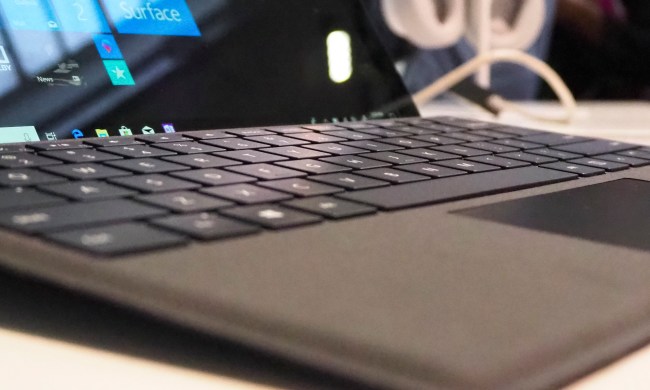
In the case of Windows, the mainstream support cycle most commonly refers to the period of time in which Microsoft plans to add crucial revisions to the OS. The extended support period, on the other hand, is limited to the issuance of security and reliability updates. For instance, Windows XP mainstream support came to an end in April 2009, though it didn’t cause much of a fuss until last spring when extended support was drawn to a close, putting the OS at risk for infinitely security transgressions.

More specifically, Windows 10 will receive mainstream support officially from Microsoft until October 13, 2020, while extended support will see its way to users until October 14, 2025. Interestingly enough, these dates fail to coincide with the July 29 release date of Windows 10 RTM, which might, in fact, be a consequence of Microsoft’s plans to roll-out Win10 “in waves,” prioritizing Insider Preview members, as well as business and OEM partners, over the regular consumer.
These dates are not set in stone, however, as Microsoft has made sure to mention that the dates listed on the sheet are the very earliest that the company will cease support for its forthcoming operating system. These dates may actually be extended in the future depending on when or if Microsoft releases the next rendition of Windows, according to The Tech Report.
While much of this information seems rather straightforward and admittedly a bit humdrum, there is one remaining detail that may cause you to think twice before upgrading to Windows 10. In the fine print beneath the fact sheet released yesterday afternoon, Microsoft writes, “a device may not be able to receive updates if the device hardware is incompatible, lacking current drivers, or otherwise outside of the Original Equipment Manufacturer’s (OEM) support period.”
While the future appears to be incessantly bright for Windows 10, updates are not promised to everyone. It seems that if your device is incompatible with the support offered by Microsoft, the company won’t go out of its way to offset your inconveniences. It’s just another thing to keep in mind before committing yourself to yet another Windows operating system for the next 10 years.


